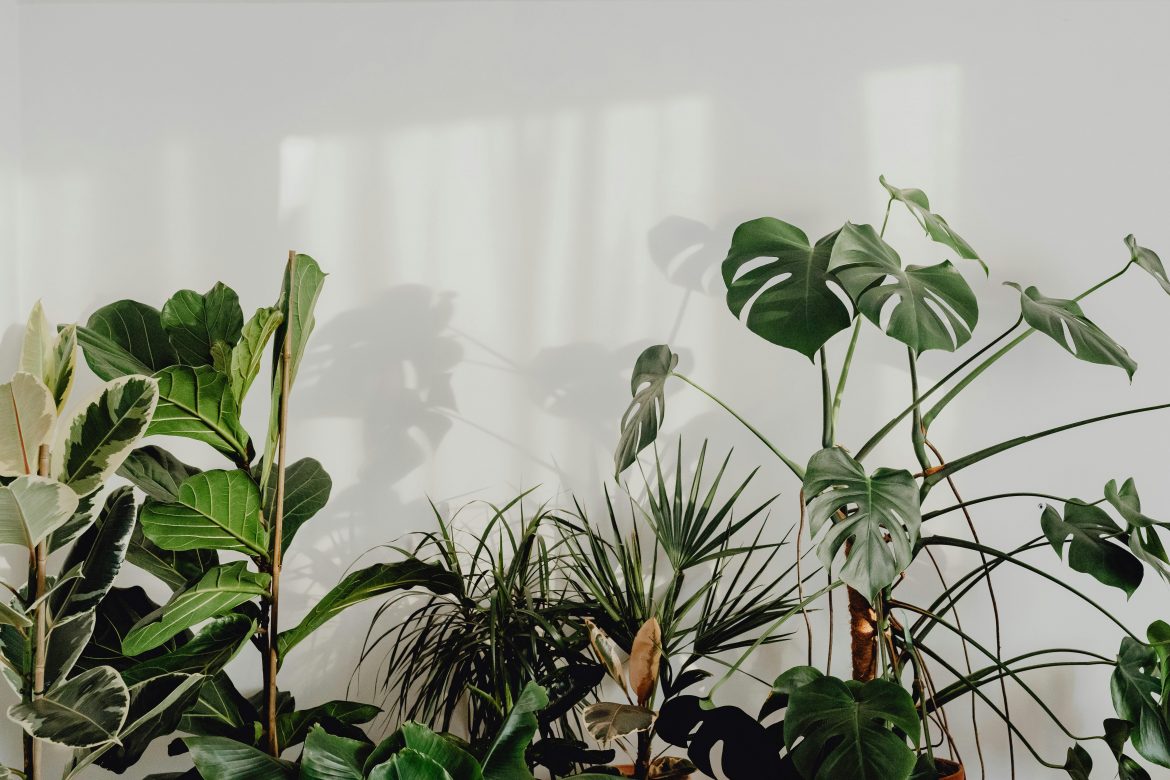Moving can be a stressful time, especially when you’re trying to keep your beloved house plants safe. But how do you protect your house plants when moving? No matter how short the distance, any stress can spell some serious trouble for their health.
But, as someone who has had to move several times in her life, I’ve got a few tdricks up my sleeve.
ALSO SEE: Décor Guide: Decorating with Houseplants
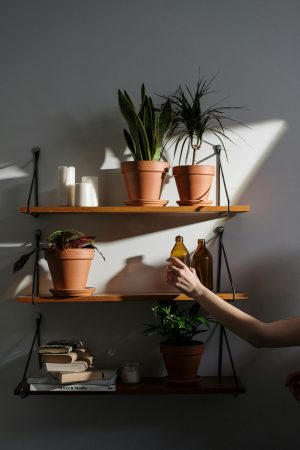
Pexels
Preparation is key
Know your plants
Start by understanding the specific needs of your plants. Some plants are more resilient to changes than others. Cacti and succulents, for instance, are hardy and can withstand longer periods without water. Delicate plants like ferns and orchids, on the other hand, need more careful handling.
Prune and inspect
A week before your move, give your plants a good prune. Remove any dead or damaged leaves, stems, or flowers. This not only makes them easier to transport but also encourages healthy growth. Check for pests and treat any infestations to avoid bringing unwanted guests to your new home.
Water wisely
Water your plants a few days before the move. You want the soil to be moist but not soaking wet. Overwatering can lead to root rot, especially if the plants are going to be confined for a while. For cacti and succulents, water them a week in advance to allow the soil to dry out.
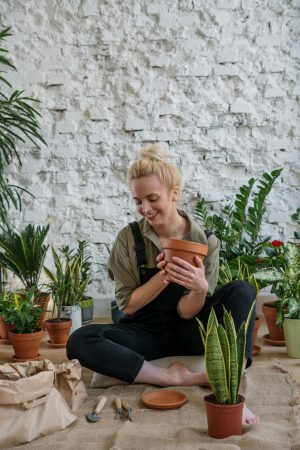
Pexels
Packing your plants
Gather supplies
You’ll need some basic supplies to pack your plants securely. These include sturdy boxes, plastic pots, packing paper, bubble wrap, and tape. For taller plants, consider using wardrobe boxes or specially designed-plant boxes.
Potting down
If your plants are in heavy ceramic pots, consider repotting them into lightweight plastic pots a few weeks before the move. This reduces the risk of breakage and makes them easier to carry. Wrap the ceramic pots separately in bubble wrap to protect them.
Box it up
Line the bottom of the boxes with packing paper for cushioning. Place each plant in the box and fill any gaps with crumpled paper to keep them from shifting. For tall plants, secure the leaves and stems with soft ties or string to prevent damage. Leave the top of the box open to allow for air circulation.
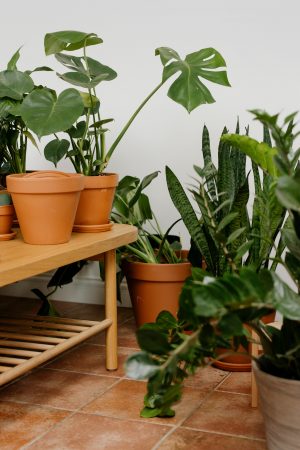
Pexels
During the move
Temperature control
Plants are sensitive to extreme temperatures. If you’re moving in the height of summer or winter, take extra precautions. Transport your plants in a climate-controlled vehicle if possible. Avoid leaving them in a hot or cold car for extended periods.
Secure placement
Place the boxes in a stable position in your vehicle where they won’t tip over or get crushed. Avoid placing them in the boot where temperatures can fluctuate drastically. For large plants, lay them on their sides if necessary and secure them with soft materials to prevent rolling.
When you arrive
Unpack promptly
As soon as you arrive at your new home, unpack your plants. This allows them to acclimate to their new environment more quickly. Place them in a similar spot to their previous location in terms of light and temperature until they recover from the move.
Rehydrate and re-pot
Check the soil moisture and water your plants if needed. Give them a few days to settle before re-potting them into their decorative pots. This minimizes transplant shock and helps them adjust to their new home.
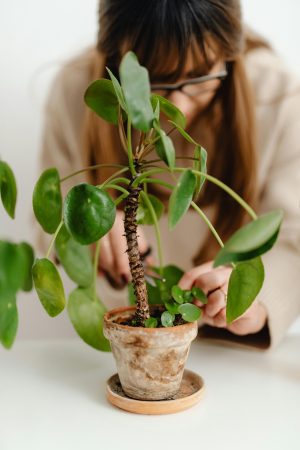
Pexels
Monitor for stress
Keep an eye on your plants for signs of stress, such as wilting or yellowing leaves. It’s normal for plants to experience some shock after a move. Be patient and continue to care for them as usual. Most plants will bounce back within a few weeks.
Moving with house plants requires a bit of extra effort, but the reward is well worth it. With these tips, you can ensure your plants make the journey safely and thrive in their new home. Happy moving, and may your new space be filled with greenery and joy!
ALSO SEE:
Featured Image: Pexels

